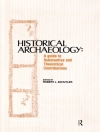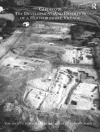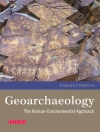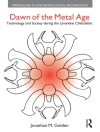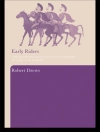
Art in physical forms and shapes (e.g. buildings and paintings) existed in both prehistoric and modern societies. This book examines similarities and differences between art in ancient Indian (Indus) civilizations and that of the Aegean civilizations (i.e. Minoan, Mycenaean and the Cycladic). In prehistoric cultures, art was distinct from the modern, which was defined in terms of utility or practicality rather than aesthetics. It was expressed not in terms of the beauty of an object, but rather its purpose, such as for worship through representations of gods and goddesses (male and female sculptures) or the use of figurines as votive offerings; it was also used for trade and commerce (stamp seals) and for indication of social hierarchy (jewellery and ornaments). Demand for prestige objects in the Minoan and Mycenaean societies grew in response to royal and elite patronage, which was absent in the Indus Valley. The book discusses production and consumption patterns of objects such as pottery, figurines, seals, jewellery and paintings to show striking similarities between the Indian and Aegean civilizations. The comparison raises questions about possible cross-cultural influences, which became much more significant and direct following Alexander’s invasion and the subsequent adaptation of Indian art under the Indo-Greek kingdoms.

